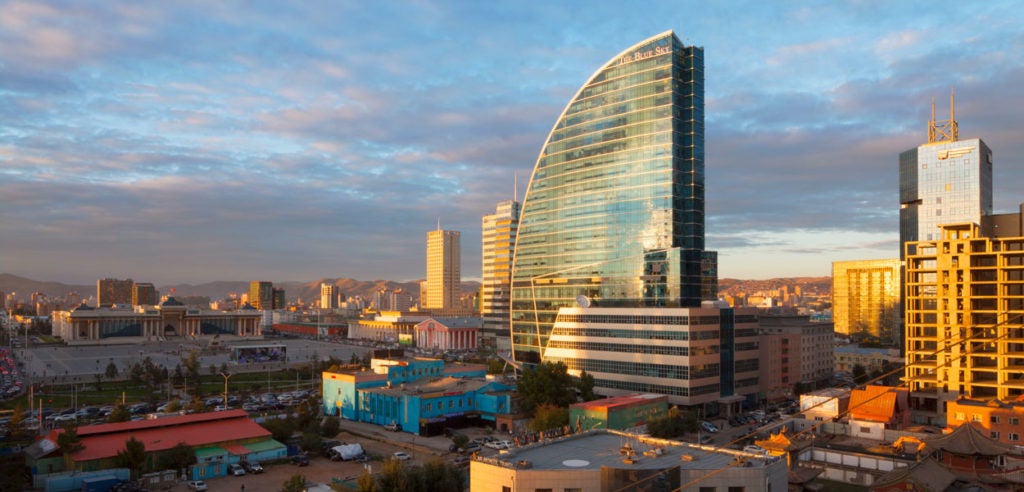Mongolia, a landlocked country between China and Russia, thus far has managed to contain the spread of COVID-19 with prompt and strict measures.
The country introduced social distancing early on, and closed its borders Jan. 27. As of June 5, no local transmission had been detected, with only 191 imported COVID-19 cases confirmed.
Mongolia’s improved macroeconomic stability and economic growth since 2017 have helped it mitigate the immediate economic impact of the pandemic. However, its commodity-dependent economy faces significant headwinds stemming from a range of factors, such as the fall in external demand and the financial costs of containment measures.
Nevertheless, as highlighted by Fitch Ratings, the impact of the pandemic shock on Mongolia can be “largely temporary, with the economy rebounding strongly and government debt/GDP starting to decline again in 2021.”
According to The Heritage Foundation’s 2020 Index of Economic Freedom, an annual study that tracks economic policies in 186 countries, Mongolia ranks 127 but has moved toward greater economic freedom.
While Mongolia has undertaken market reforms and has “made major progress in strengthening the resilience of its economy,” as recently noted by the International Monetary Fund, it still lags far behind even Russia and China in promoting economic freedom.
More comprehensive structural reforms should be encouraged, particularly in the area of strengthening judicial effectiveness, enhancing transparency, and streamlining public administration. These reforms will help to strengthen investor confidence and broaden the improvement of living standards.
Needless to say, Washington cannot give Ulaanbaatar the political will needed to transform its economy. However, the U.S. has been able to offer constructive guidance and assistance through its involvement at critical stages of policy dialogue and implementation.
In fact, America’s relationship with Mongolia is not insignificant. The United States established diplomatic relations with Mongolia in 1987. Since then, the country’s transition to a stable democracy has been notable.
Mongolia’s multiparty parliamentary system has yielded a functioning democratic system where political dissent is the norm, parliamentary debate is spirited, and compromise between parties is not uncommon.
Mongolia’s parliamentary election June 24 should provide yet another demonstration of the country’s effective practice of democracy.
It is notable that the United States and Mongolia have made a “shared commitment to freedom, democracy, and human rights” the cornerstone of their relationship. More recently, the U.S. has reaffirmed Mongolia as “an important Indo–Pacific partner” with which the U.S. will cooperate to provide “mutual support in their shared pursuit of a secure, stable, prosperous world of independent and sovereign countries.”
As the Trump administration pursues U.S. interests in the Indo–Pacific region, America’s evolving relationship with Mongolia should not be overlooked. For over three decades, Mongolia has been a unique friend of the U.S., serving as an important partner in the region.
The underlying goal of America’s strategy in the Indo-Pacific continues to be the quest to promote a free and open international order, as once again emphasized by the recent White House report titled “United States Strategic Approach to the People’s Republic of China.”
Achieving that goal will require strong partnerships and meaningful engagement between countries. \Mongolia and the United States have made a good start toward just such a relationship.
